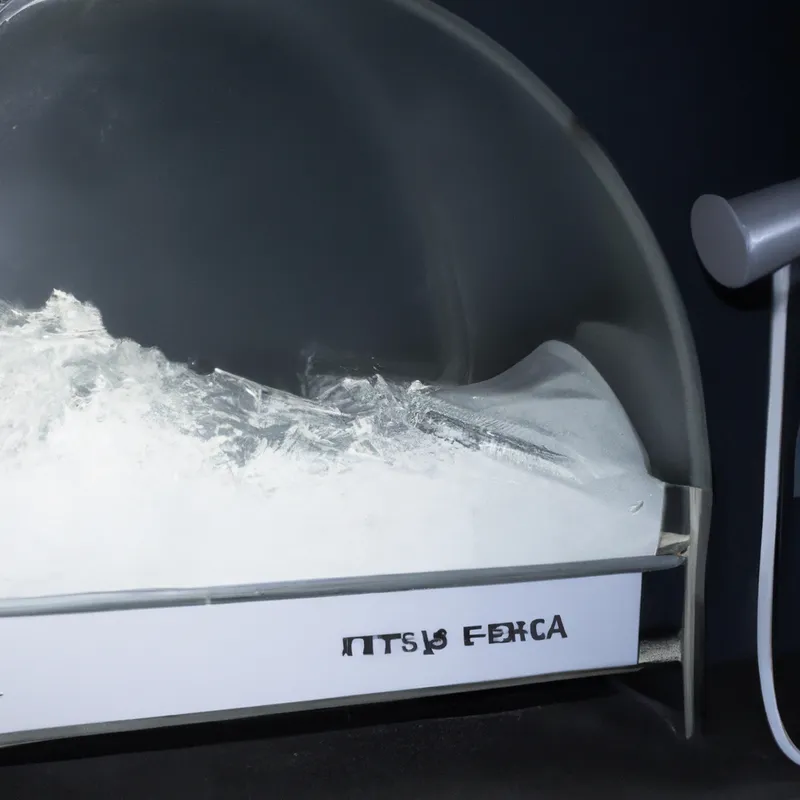Experience Relief: Cryotherapy for Pain Management
Cryotherapy for Chronic Pain Conditions: A Deep Dive
Chronic pain affects millions worldwide and impacts their quality of life. It arises from conditions like arthritis, fibromyalgia, and neuropathy. Traditional treatments often fail to provide relief, leaving patients seeking alternatives. Recently, cryotherapy has gained popularity as an innovative treatment. This therapy uses extreme cold to alleviate pain and promote healing. This article explores how cryotherapy works, its benefits for chronic pain, and tips for incorporating it into pain management.
What is Cryotherapy?
Cryotherapy comes from the Greek word “kryos,” meaning cold. It exposes the body to cold temperatures for therapeutic purposes. Two primary methods exist: whole-body cryotherapy and localized cryotherapy.
Whole-Body Cryotherapy
Whole-body cryotherapy (WBC) involves entering a cryotherapy chamber. The chamber cools the air to sub-zero temperatures, usually between -110°C to -140°C (-166°F to -220°F). Typically, the exposure lasts 2-3 minutes. During this time, the body undergoes a cold shock, triggering various physiological responses.
Localized Cryotherapy
Localized cryotherapy targets specific body areas using ice packs, ice baths, or cryotherapy devices. This method effectively treats localized pain or inflammation, including joint pain and sports injuries.
Cold exposure triggers multiple biological responses. It reduces inflammation by constricting blood vessels and decreasing cellular metabolic rates. Additionally, it speeds recovery by improving blood circulation. Cryotherapy also stimulates endorphin release, providing natural pain relief. Many patients report immediate pain relief after a session.
How Cryotherapy Can Help Chronic Pain
Reduces Inflammation
Chronic inflammation often contributes to various pain conditions. Cryotherapy effectively reduces inflammation in two ways. First, it causes vasoconstriction, limiting blood flow to inflamed areas. This reduction decreases swelling and pain. Second, lowering cellular metabolic rates diminishes the production of inflammatory substances. Many patients experience relief from arthritis and tendonitis after cryotherapy sessions.
Enhances Recovery
Athletes use cryotherapy for muscle recovery after workouts or injuries. Its benefits extend beyond athletic injuries, aiding those with chronic pain. After a cryotherapy session, the body warms up, increasing blood flow. This process delivers essential nutrients and oxygen to affected areas, improving mobility and reducing stiffness.
Conclusion
Cryotherapy offers a promising alternative for managing chronic pain and inflammation. Its ability to reduce swelling and enhance recovery can significantly improve patients’ quality of life.
Below are related products based on this post:
FAQ
What conditions can benefit from cryotherapy?
Cryotherapy is beneficial for various chronic pain conditions, including arthritis, fibromyalgia, and neuropathy. It helps reduce inflammation and promote healing, making it a valuable treatment option for those suffering from these ailments.
How does cryotherapy work to alleviate pain?
Cryotherapy works by exposing the body to extreme cold, which triggers physiological responses such as vasoconstriction and reduced metabolic rates. These responses help decrease inflammation and pain while promoting blood circulation, leading to faster recovery and relief for patients.
Are there different types of cryotherapy treatments available?
Yes, there are two primary types of cryotherapy: whole-body cryotherapy and localized cryotherapy. Whole-body cryotherapy involves entering a chamber that cools the air to sub-zero temperatures, while localized cryotherapy targets specific areas using ice packs or cryotherapy devices to treat localized pain and inflammation.















Post Comment